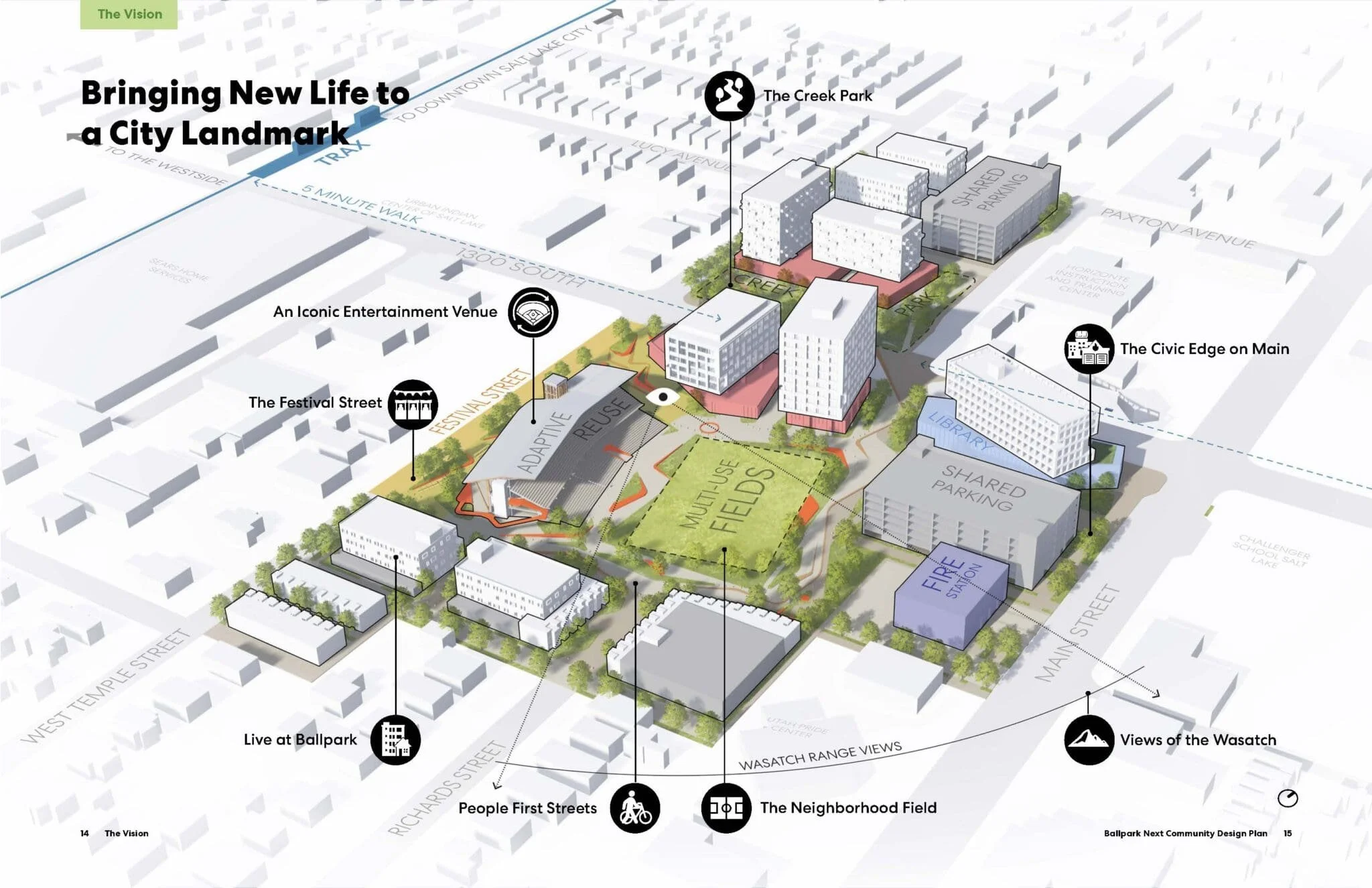Utahns asked to weigh in on the future of the Jordan River
Authored by Tony Semerad
Source: Salt Lake Tribune
An article detailing planning efforts to decide the future of the Jordan River. It highlights our work on the Three Creeks Confluence as example of current projects along the river corridor.
This may be a time like no other for the Jordan River.
Wasatch Front residents by the thousands are seeking out green spaces and recreation along Utah’s main urban waterway for relief from the COVID-19 crisis.
Its necklace of parks and natural areas offers a way to enjoy mature trees and a diverse range of wildlife, hike or bike an extensive network of trails, or float segments of the 51-mile flow connecting Utah Lake with the Great Salt Lake’s southern wetlands.
“More people are discovering the Jordan River Parkway,” said Søren Simonsen, executive director of the Jordan River Commission. “We’ve seen just an explosion during the pandemic.”
And even before COVID-19, generations-old dreams of preserving and improving the river and its ancient watershed have been slowly coming true. New spots for connecting Utahns with its native beauty seem to sprout like bulrushes along the path through 16 cities and three counties.
An important and in-depth planning effort is now underway for how the beautiful yet often neglected river could evolve in the coming decades.
But the health crisis has hampered efforts to create a new blueprint for the Jordan River Parkway. Supporters of the process recently extended their deadline for the public to weigh in.
Residents can add their visions for the river — at least until Thursday — through an online survey at blueprintjordanriver.org.
“The survey is playing a much bigger role than it would have initially,” Simonsen said, “because it’s really the only way we can interact with the public without having large gatherings.”
Financed by a grant and other funds totaling about $200,000, the plan is meant to capture Utah’s best concepts for saving open spaces and wildlife habitats along the Jordan River, reducing trash and water pollution, limiting encroachment from new housing and industrial development and making the river’s riches easier to reach.
And unlike a previous blueprint for the river developed in 2008, this one will spell out how to make those concepts a reality.
Some progress
That 2008 vision called for big changes, only some of which have come to pass — a major one being creation of the river commission itself, in 2010.
In 2017, officials held a ribbon-cutting on the last few trail connections that created a continuous 46-mile link along the river from Utah Lake to the Great Salt Lake — one of the prior blueprint’s main goals.
The past decade has also seen governments, nonprofits and other interests buy and preserve open spaces all along the corridor. Its path northward now links several major nature preserves and riverside parks, walkways, boating ramps, bird observation areas and networks of improved and extended east-west trails and cycling routes connecting into the parkway.
Efforts by the Seven Canyons Trust to restore paved sections of the urban creeks feeding into the Jordan River are also taking shape. Volunteers are close to completing a $3 million restoration of a site known as the Three Creeks Confluence, where Red Butte Creek, Emigration Creek and Parleys Creek reach the Jordan, at about 1300 South and 900 West.




